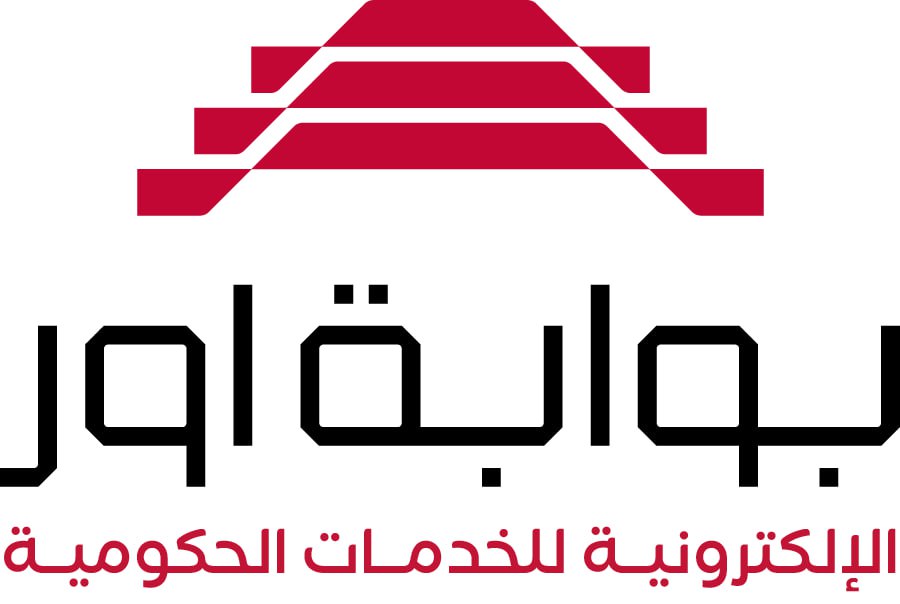
- Home
- English Curriculum in Iraq: Between Theory and Practice
English Curriculum in Iraq: Between Theory and Practice
Abstract
The English curriculum in Iraq is designed to enhance students’ linguistic abilities and meet global educational standards. However, implementing this curriculum faces significant challenges that undermine its effectiveness. This article critically explores the gaps between the theoretical framework and practical application of the English curriculum in Iraqi schools, highlighting issues such as large class sizes, lack of teaching aids, inadequate teacher training, and infrastructural constraints, including limited electricity and technological tools.
Introduction
The English language plays a crucial role in global communication and is a core subject in Iraq’s educational system. The curriculum is theoretically well-developed, incorporating modern teaching methodologies, communicative practices, and integrated skills. However, its successful implementation depends heavily on classroom conditions, resources, and teachers’ preparedness. In Iraq, these factors remain inadequate, resulting in a gap between theoretical aspirations and practical realities. This article seeks to examine these challenges and suggest possible solutions to bridge the gap.
Theoretical Foundations of the English Curriculum in Iraq
The Iraqi Ministry of Education adopted the English curriculum to promote students’ proficiency in listening, speaking, reading, and writing. Based on Communicative Language Teaching (CLT), the curriculum emphasizes interactive methods such as group discussions, role plays, and project-based learning. It aligns with global frameworks like the Common European Framework of Reference for Languages (CEFR), which encourages learner autonomy and critical thinking skills.
The textbooks and materials designed for Iraqi schools reflect this methodology, including diverse themes, authentic language tasks, and audio-visual aids. However, the practicality of these materials becomes questionable in resource-limited environments.
Challenges in Implementation
Overcrowded Classrooms
One of the primary obstacles is the large number of students per class, often exceeding 50, particularly in public schools. Such overcrowding undermines interactive teaching methods, limiting the teacher’s ability to address individual student needs effectively.
Insufficient Teaching Aids and Resources
While the curriculum encourages the use of technology such as data shows, projectors, and interactive whiteboards, many schools lack access to such tools. Even basic teaching aids like flashcards, audio devices, or supplementary books are not consistently provided.
Infrastructure Issues
Frequent power outages and limited access to technology disrupt classroom activities that rely on electronic resources. For instance, audio and video lessons integral to the curriculum are often skipped because of these challenges.
Undertrained Teachers
Many English teachers lack adequate professional development opportunities. Workshops and training in modern teaching methodologies are rarely provided, leaving teachers to rely on traditional grammar-based instruction, contradicting the communicative goals of the curriculum.
Socio-Economic Constraints
Iraqi families often face financial challenges, limiting their ability to provide students with essential materials like textbooks, notebooks, or access to private tuition. This affects the student’s overall performance in English.
Impact on Students
Because of these challenges, Iraqi students often graduate with poor English proficiency. Many cannot engage in basic conversational exchanges, limiting their opportunities in higher education and global job markets. Furthermore, the lack of practical application contributes to students’ disinterest in the subject, which can result in high failure rates in English.
Proposed Solutions
Reducing Class Sizes
The Ministry of Education should consider allocating more funds for building additional classrooms and employing more teachers to ensure smaller, more manageable class sizes.
Investing in Infrastructure
Ensuring reliable electricity and providing essential teaching aids should be a top priority. Mobile teaching kits, solar-powered devices, and printed worksheets could offer temporary solutions where technology is unavailable.
Professional Development for Teachers
Regular teacher training workshops focusing on practical strategies for CLT and resourceful teaching in low-tech environments can help improve instruction quality.
Parental and Community Involvement
Encouraging community support for schools, such as donating resources or helping maintain infrastructure, can alleviate some financial pressures.
Curriculum Adjustments


























































